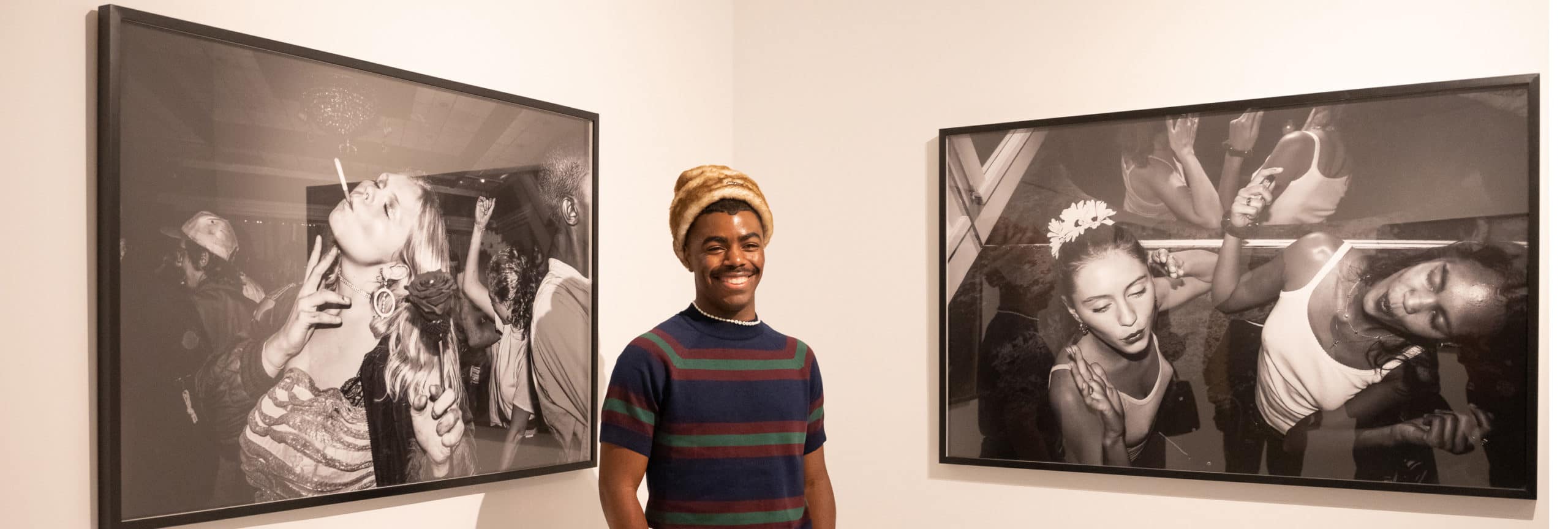
Meet Tyrell Hampton
Joy—unfiltered. Unstaged moments can be hard to find these days. Which only makes the work of photographer Tyrell Hampton that much more seductive. As seen in Go Home, his exhibition at the Seaport’s SN37 Gallery, Hampton is a master at capturing the elusive freedom of late nights.
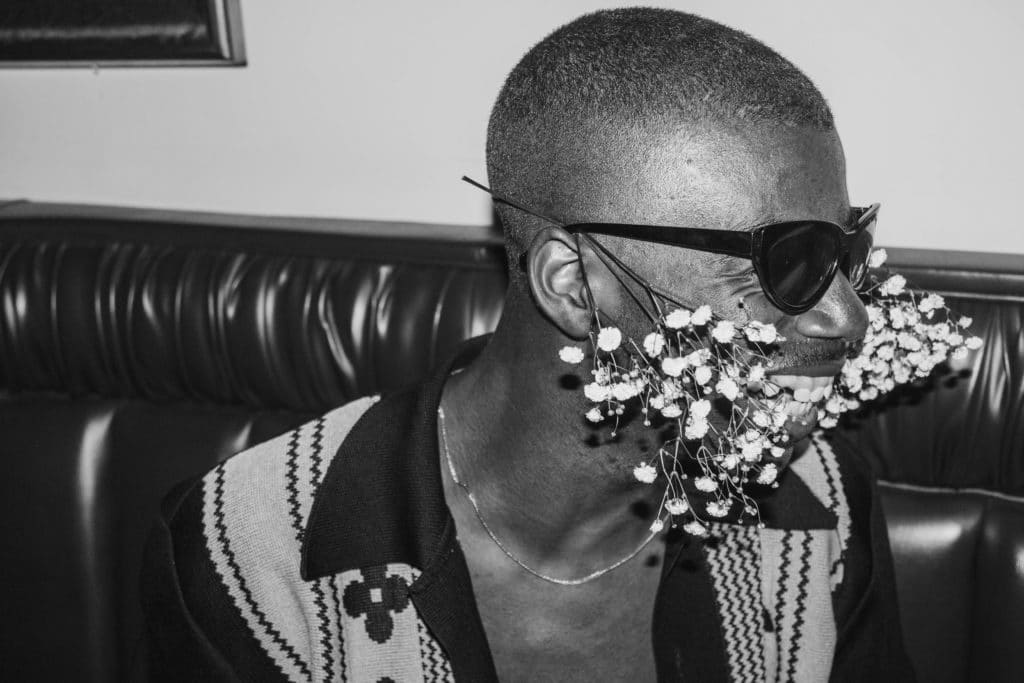
Moving through a dancefloor with his iPhone and keen eye, Hampton captures images of movers and shakers that bristle with life. It’s not surprising, then, to learn that Hampton was classically trained as a dancer. His ability to capture spontaneity in a still image has led to work for brands that include Louis Vuitton, Adidas and Equinox—and to images of icons like Lizzo, Dua Lipa and Miley Cyrus. This all makes him a natural inaugural subject for SN37, which is dedicated to showcasing a new era of image makers.
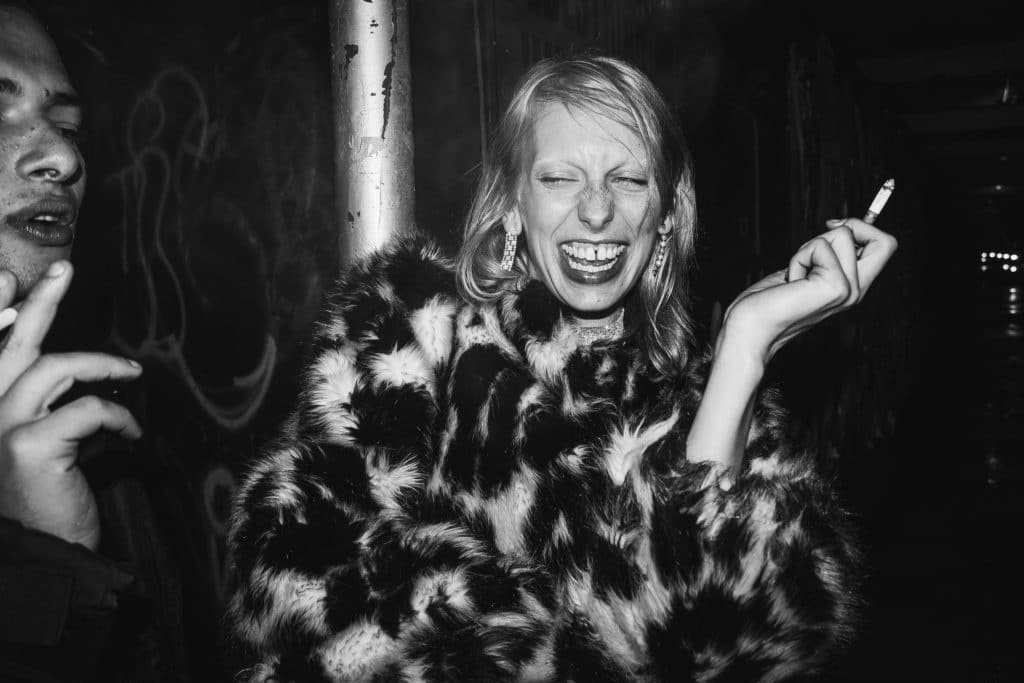
Go Home features a primarily black and white selection of Hampton’s photos of partygoers, a nod to his early experiences of New York City. Raised in Philadelphia, with a love of movies and television, Hampton found his muse in the clubs of NYC, and in our human need for connection. Here, he shares more about his creative journey.
How do you describe your creative ethos?
I think my creativity comes from community—my need to have it and enjoy it.
Where did you think you would be in 2021, say, five years ago?
I thought I would still be working at Dean & Deluca. I’ve been manifesting a solo show since I was in college so to finally have one is crazy.
Your images are full of joy and movement. What’s your secret to capturing that feeling?
Finding a place where people can be vulnerable and unseen is important. I always find people the most liberated when they think no one is watching or when they’re focused on themselves. I usually look for places that are famous for that, like the club, the park, or a restaurant.
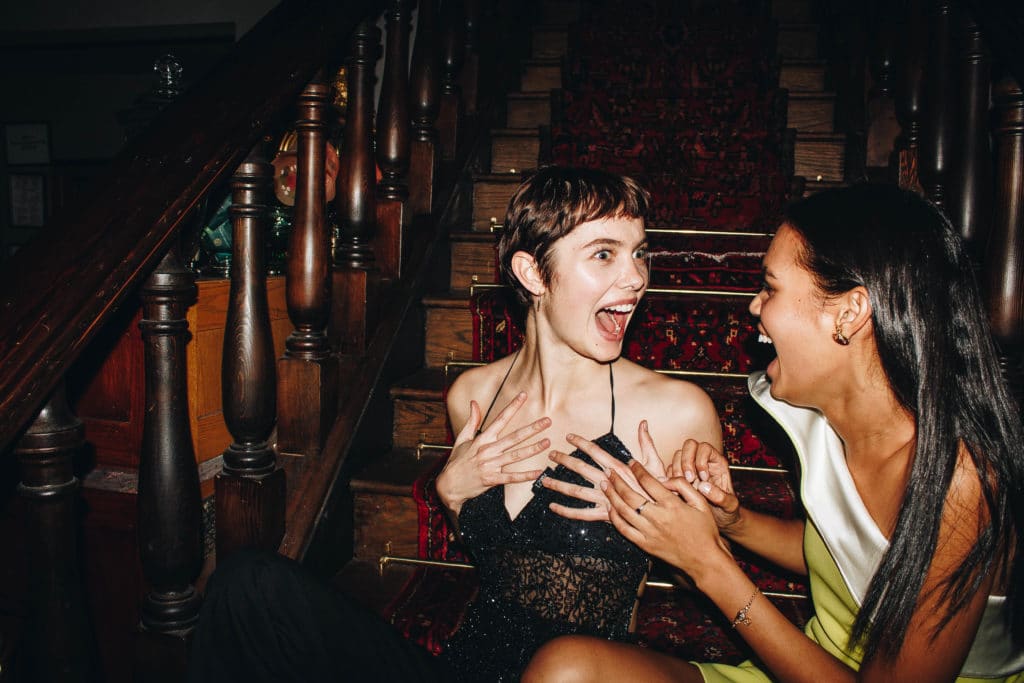
What was it about the NYC club scene that drew you in?
First and foremost, I’m a fan. I’m a fan of New York. I’m a fan of celebrity. I’m a fan of fashion and art. And where can you find all of those things at once? The club.
Your work is so visceral. Who are some of the artists you go to for that feeling?
I love Juergen Teller, Bill Bernstein, Tyrone Lebon, Harmony Korine, Gregg Araki, Wolfgang Tillmans—and I usually watch a lot of music videos.
What’s your next creative goal?
A book.
Proceeds from the sale of work in Go Home are being donated to the Alvin Ailey Dance Foundation, to support scholarships for male students. How does dance connect to your work today?
Dance and photography go hand in hand for me because they’re both about the connection you have with your community. [They’re ways] to tell a story that they already know. I still dance now and it has helped my image-making more than I thought it would. Dancing is my first love. I was on scholarship when I trained at Alvin Ailey so I wanted to make sure that the next generation of male dancers have the same opportunity.
What does the black-and-white format bring to your images?
Black and white gives people an innate feeling of nostalgia. A lot of the images in the show are relatable in the sense that everyone has the friend that smokes, the friend that’s always kissing someone, and the friend who is always on the dance floor. It was important to me that the show be black and white so it can be a part of the history of club culture and New York, especially during this time.
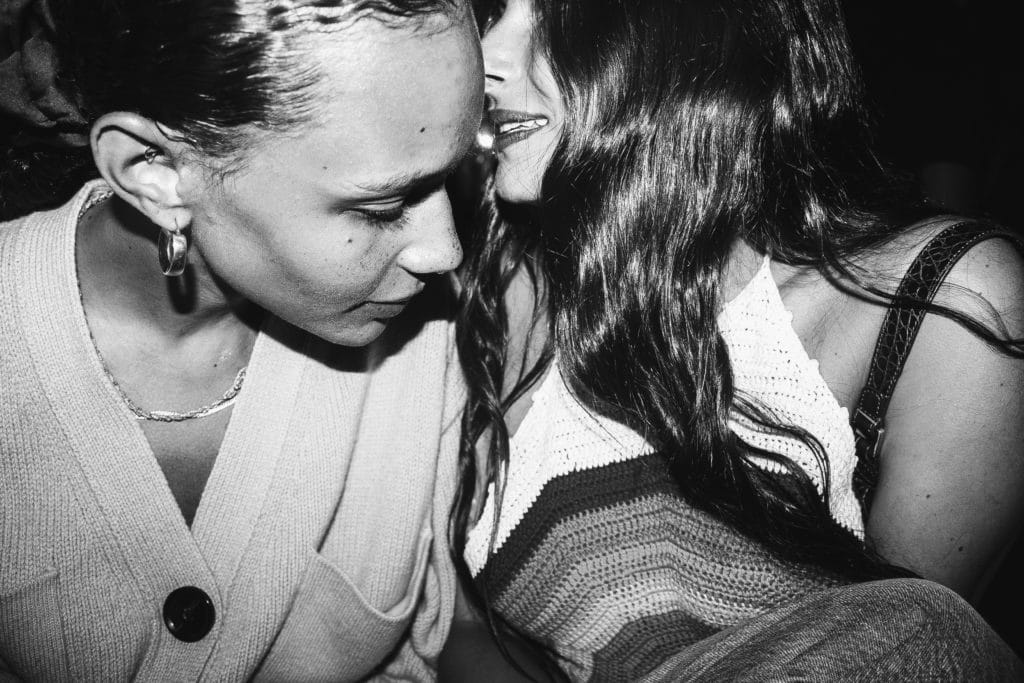
Go Home is on show at SN37 Gallery, 204 Front St, and has been extended through January 30, 2022. The exhibit is open to the public free of charge, Wednesday through Sunday, from 11AM-9PM.
